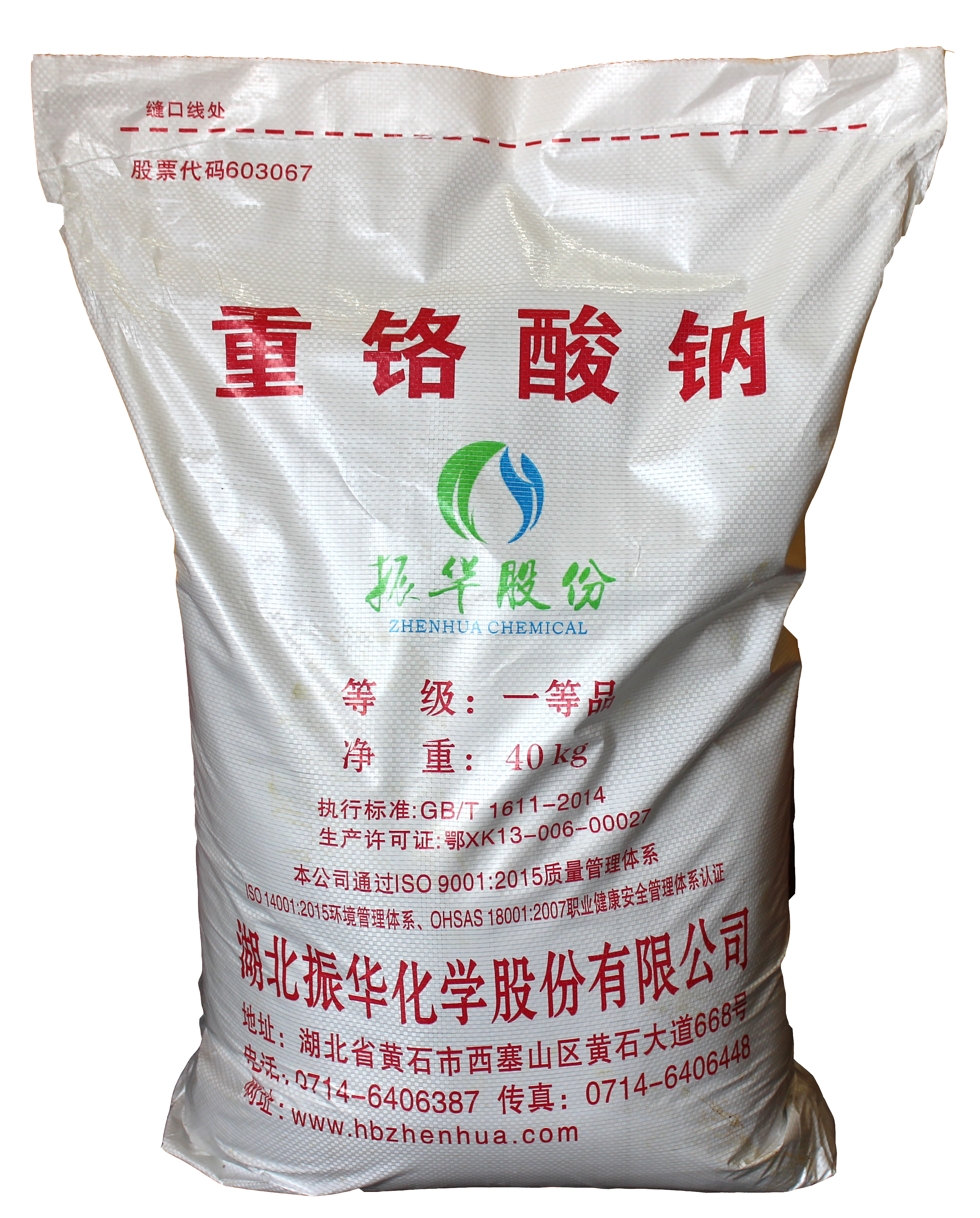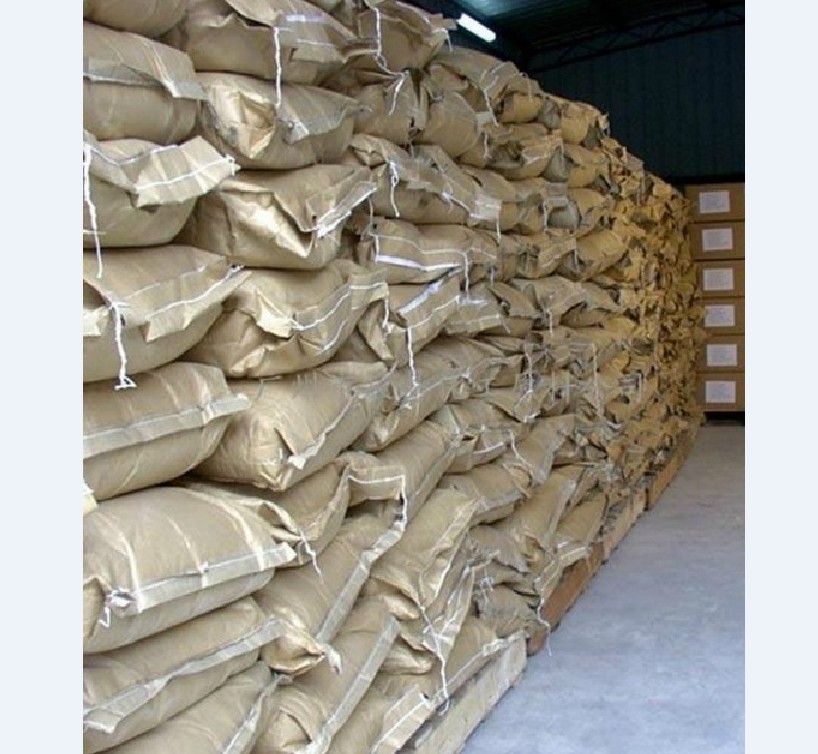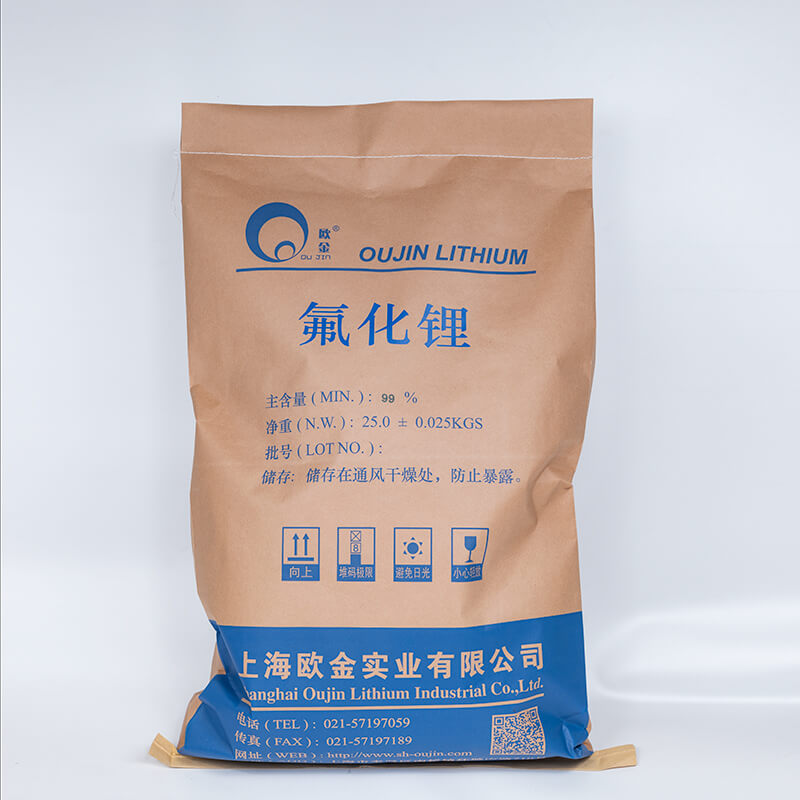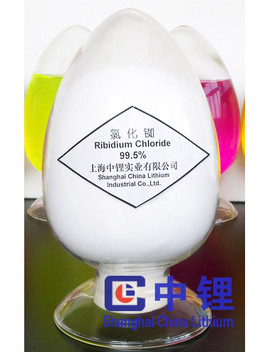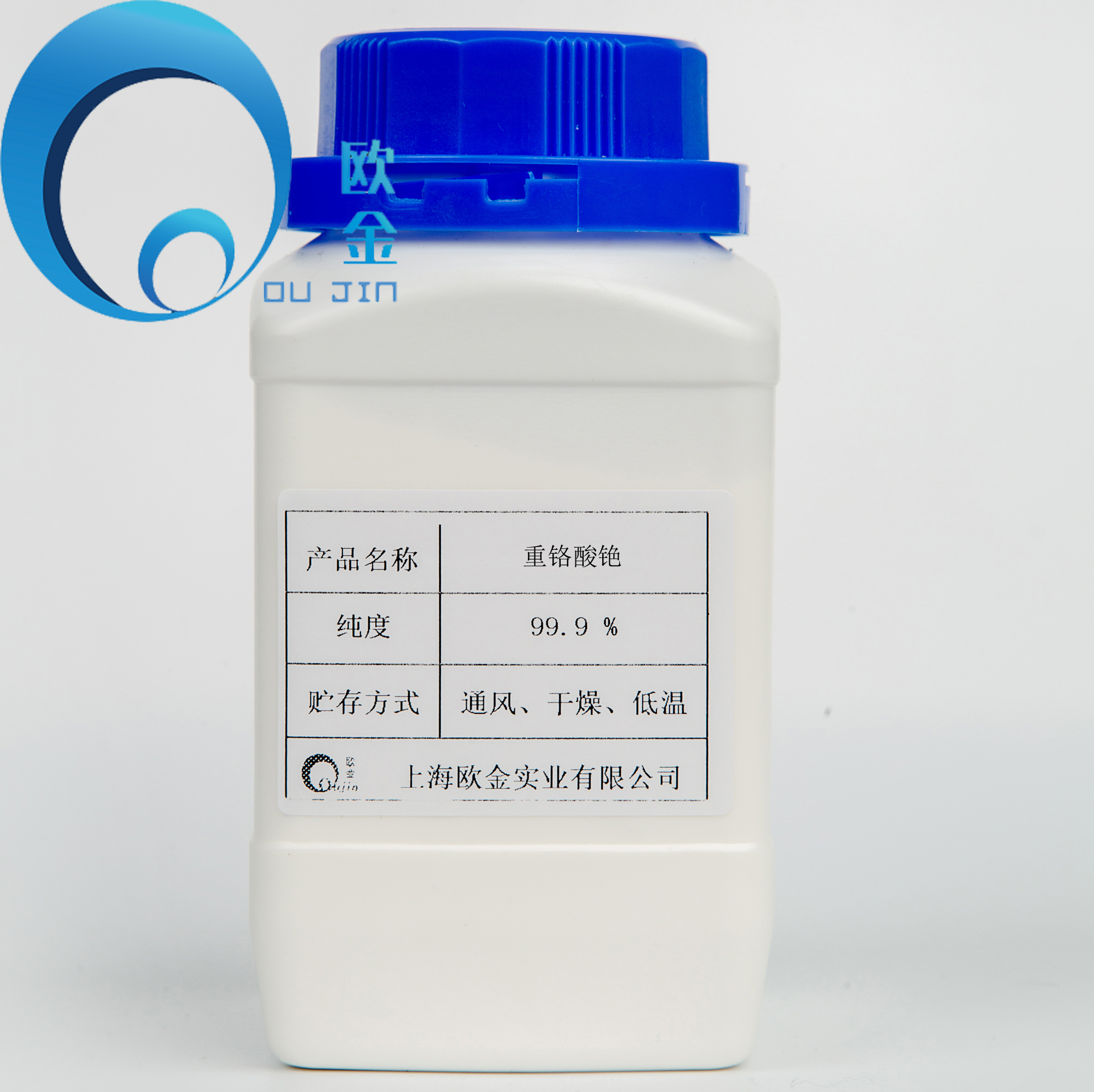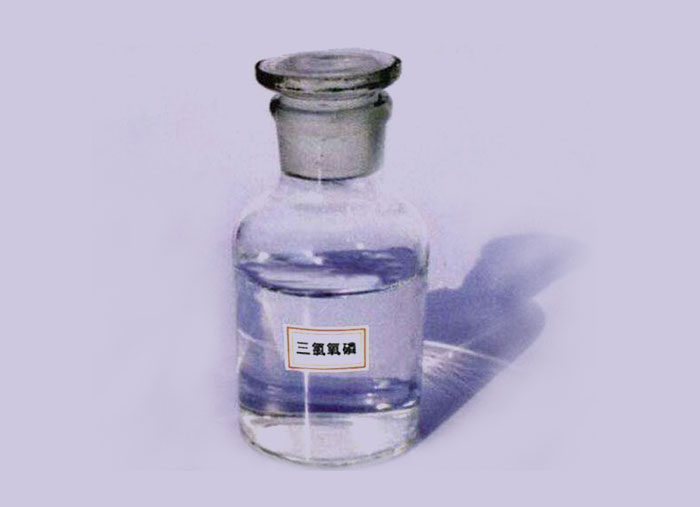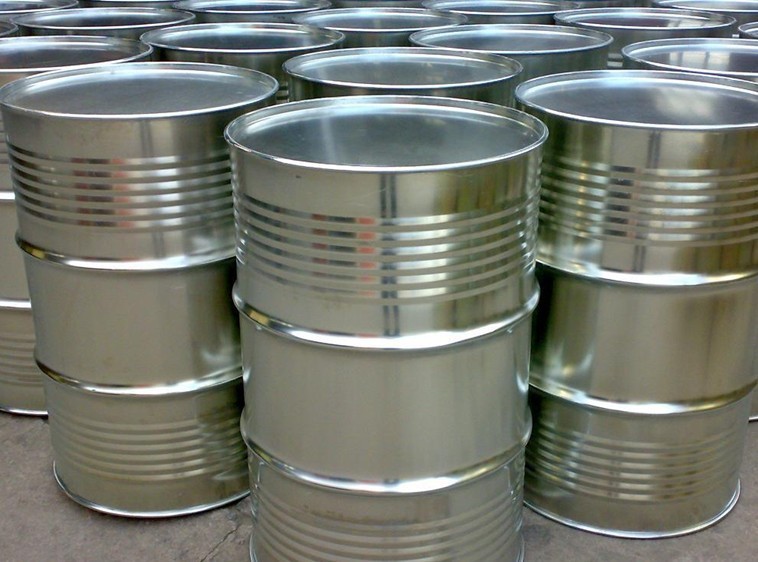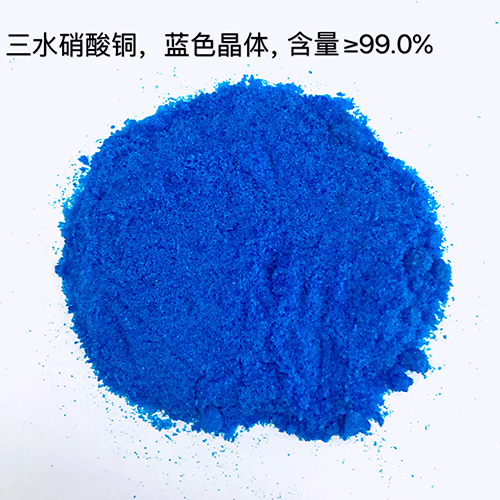CAS:7789-12-0
Molecular Formula:Cr2H4Na2O9
Alias
More Information
Disodium,Oxido-(Oxido(Dioxo)Chromio)oxy-Dioxochromium,Dihydrate; Sodium Dichromate
Brief Introduction
Sodium dichromate is an inorganic compound, commonly known as sodium alum, orange crystal, which is often used in the form of dihydrate: sodium dichromate dihydrate. Its chemical properties are similar to that of potassium dichromate. The solubility of sodium dichromate in water is about 20 times that of potassium dichromate (49G / L, 0 ° C), and its relative molecular weight is smaller. However, its application is not as wide as that of potassium dichromate.
Chromium in sodium dichromate is hexavalent, harmful and carcinogenic. Anhydrous sodium dichromate is highly toxic.
Suppliers
View More Vendors (2) >
CAS:7789-24-4
Molecular Formula:FLi
Alias
More Information
Lithiumfluorid; Fluorolithium; Lithiumfluorure; Ntl50; Tld100; Tld700
Brief Introduction
Lithium fluoride can be widely used as a cosolvent in the welding process of glass lining, copper and aluminum and in salt melting chemical process; It is also recommended as a heat carrier for space technology to store solar radiant heat energy; It can also be used in aluminum electrolysis and metallurgical industry. High purity lithium fluoride is used to make fluorinated glass and prism of spectrometer and X-ray monochromator. Lithium ion battery raw materials.
Suppliers
View More Vendors (2) >
CAS:7791-11-9
Molecular Formula:ClRb
Alias
More Information
ClRb; Rubidium Chloride (Rbcl); Rubidium Monochloride; Rubidium Chloride;; Rubidiumchloride;; Rubidium Monochloride;; Rubidium(1+)
Brief Introduction
Analysis of sodium, iridium, titanium, zirconium and perchlorate; Preparation of materials for metal rubidium by calcium reduction and preparation of other rubidium salts and starting materials for isotopic separation
Suppliers
View More Vendors (2) >
CAS:10025-87-3
Molecular Formula:Cl3OP
Alias
More Information
Phosphorus Trichloride Oxide; Fosforoxychloride; POCl3; Phosphorylchlorid; Fosforoxychlorid; Phosphorus Oxychlori; Phosphoroxidchlorid; Phosphonitrilic Chloride Trimer; Oxychloridfosforecny; Trichlorophosphate; Phosphorous Oxychloride; Phosphoryl Chloride; Phosphorous Oxytrichloride; Phosphoroxychloride; Phosphoryl Trichloride; Phosphoric Trichloride; Phosphorus(V) Oxychloride
Brief Introduction
Phosphorus oxychloride (molecular formula: POCl3), also known as phosphoryl chloride, phosphorus oxychloride and phosphorus oxychloride, is an industrial chemical raw material and a colorless and transparent liquid. It has a pungent odor. Smoke violently in humid air. Relative density 1.67. Melting point: 1.25 ℃. Boiling point 105.1 ℃. It decomposes in water and ethanol to form phosphoric acid and hydrogen chloride. When a large amount of water is poured suddenly, a violent reaction can occur. POCl3 reacts with water and alcohol to form phosphoric acid or phosphate ester, such as o = PCl3 + 3H2O → o = P (OH) 3 + 3hcl. If alcohol replaces water in the reaction, the product is trialkyl phosphate. Such reactions are often carried out in pyridine or amine to absorb the generated HCl and promote the reaction. Under the catalysis of Lewis acid such as manganese chloride, POCl3 is co heated with excess phenol (aroh) to obtain triaryl phosphate. For example, when reacting with phenol: 3c6h5oh + o = PCl3 → o = P (oc6h5) 3 + 3hcl, phosphorus oxychloride is a Lewis base and will form adducts with many Lewis acids. For example, the adduct (POCl3 · AlCl3) formed by the reaction with titanium tetrachloride: cl3p + - O − + TiCl4 → cl3p + - O - − TiCl4 and aluminum chloride is very stable, so POCl3 is also used to remove AlCl3 from the product of Friedel Crafts reaction. In the presence of AlCl3, POCl3 reacts with hydrogen bromide to form pobr3. In industry, it is prepared by the reaction of phosphorus trichloride with oxygen or phosphorus pentoxide. It is mainly used to produce phosphate esters, such as trimethylbenzene phosphate.
Suppliers
View More Vendors (2) >
CAS:10031-43-3
Molecular Formula:CuH6N2O9
Alias
More Information
Cupric Nitrate Trihydrate; Copper Nitrate Trihydrate; Copper Dinitrate Trihydrate; Copper(2+) Nitrate Trihydrate; Copper(II) Nitrate, Trihydrate
Brief Introduction
It is used to make pure copper oxide and is also the raw material for making other copper salts and copper plating. It is also used in the manufacture of pesticides. Used as mordant, copper catalyst and combustion supporting agent. Enamel industry is used as colorant. It is also used in the paint industry and in the manufacture of inorganic pigments.
Suppliers
View More Vendors (2) >
Inquiry (
10
/ 10
)
Clear All
Sign In
Error!

